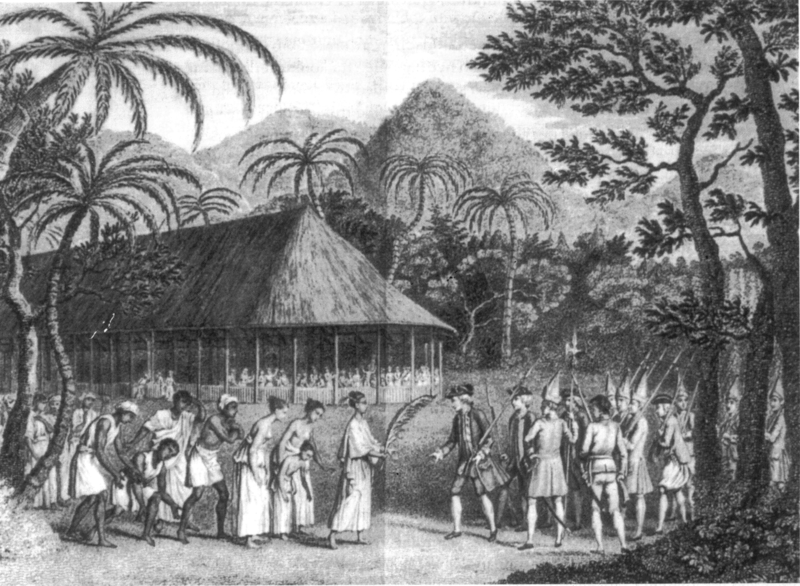 The great circus performer known as Charles Blondin was born as Jean-François Émile Gravelet near St. Omer in France on 28th February 1824. His father, André Gravelet, was himself a tightrope walker as well as a veteran of Napoleon's grande armée. From the age of five, when he became spellbound watching a group of visiting entertainers, Jean-François wanted to be a tightrope walker. After receiving tuition from a former sailor, he convinced his parents to enrole him at the École de Gymnase, the famous school for acrobats in Lyon. Within months he made his professional debut as "The Little Winder" and at the age of seven appeared before the King of Sardinia in Turin.
The great circus performer known as Charles Blondin was born as Jean-François Émile Gravelet near St. Omer in France on 28th February 1824. His father, André Gravelet, was himself a tightrope walker as well as a veteran of Napoleon's grande armée. From the age of five, when he became spellbound watching a group of visiting entertainers, Jean-François wanted to be a tightrope walker. After receiving tuition from a former sailor, he convinced his parents to enrole him at the École de Gymnase, the famous school for acrobats in Lyon. Within months he made his professional debut as "The Little Winder" and at the age of seven appeared before the King of Sardinia in Turin.Tragically he became an orphan when he was only ten-years-old and after finishing his schooling he found a surrogate families in the circus troupes he travelled around Europe with for the next eighteen years. In 1851 he joined the Ravel Family of acrobats with whom he travelled to the United States to work for the leading circus impresario of the age: Phineas T. Barnum. While sailing across the Atlantic, Blondin (as he was now known) saved the life of a young nobleman who fell overboard during a storm.
In 1858, three years after arriving in America for the first time, Blondin conceived the feat that was to make his name: crossing the Niagara Falls on a tightrope. He planned the stunt meticulously but still had convincing his agent and prospective investors of the feasibility of the plan. Nevertheless, in spite of not being able to cross at his preferred location but with the support of a local newspaper, the Niagara Falls Daily Gazette, and a small amount of financial backing, he finally set a date for his exploit.
In the late afternoon on 30th June 1859, Charles Blondin stepped out on to the three-inch-wide, 1100-foot-long rope which spanned the falls 160 feet above the water. Between 10,000 and 25,000 spectators watched on as he carried his 30-foot-long 40lb balancing-pole to the middle of the rope, where he had a lie down and a drink from a bottle that he hoisted up from a boat moored below. He then completed the crossing. In all the spectacle lasted around seventeen minutes to the acclaim of the crowds. As the bands on both sides of began to pack up, he announced that would make a return journey, which he completed in around seven minutes.
Blondin crossed the Falls many more times, always with some sort of gimmick to attract the crowds: carrying a passenger; cooking an omlette half-way across; crossing on stilts. His celebrity status achieved, Blondin, his wife, and their five children toured the world making a firtune with his act before returning to Great Britain, which he became a subject of in 1868. Following some sort of financial disaster he was forced out of retirment in 1880 and his last performance was in Belfast in 1896 when he was seventy-one years of age. He died of diabetes the following year and was buried in Kensal Green
The Niagara Falls Public Library web site has a number of images of Blondin available from their Historic Niagara Digital Collections.






























